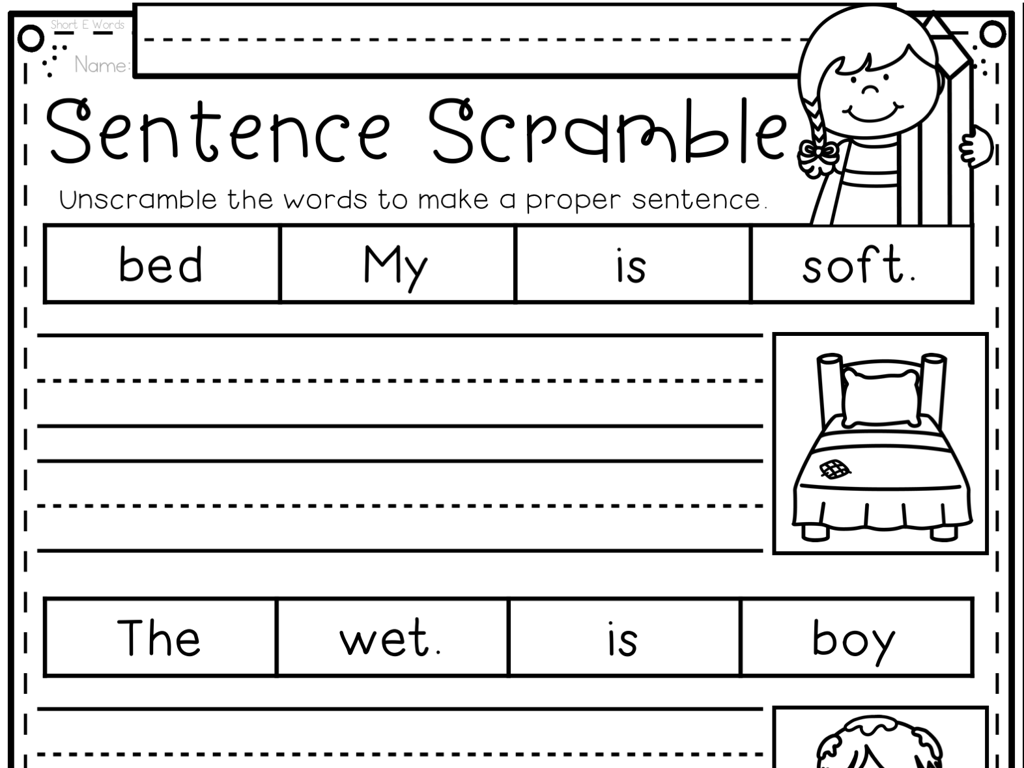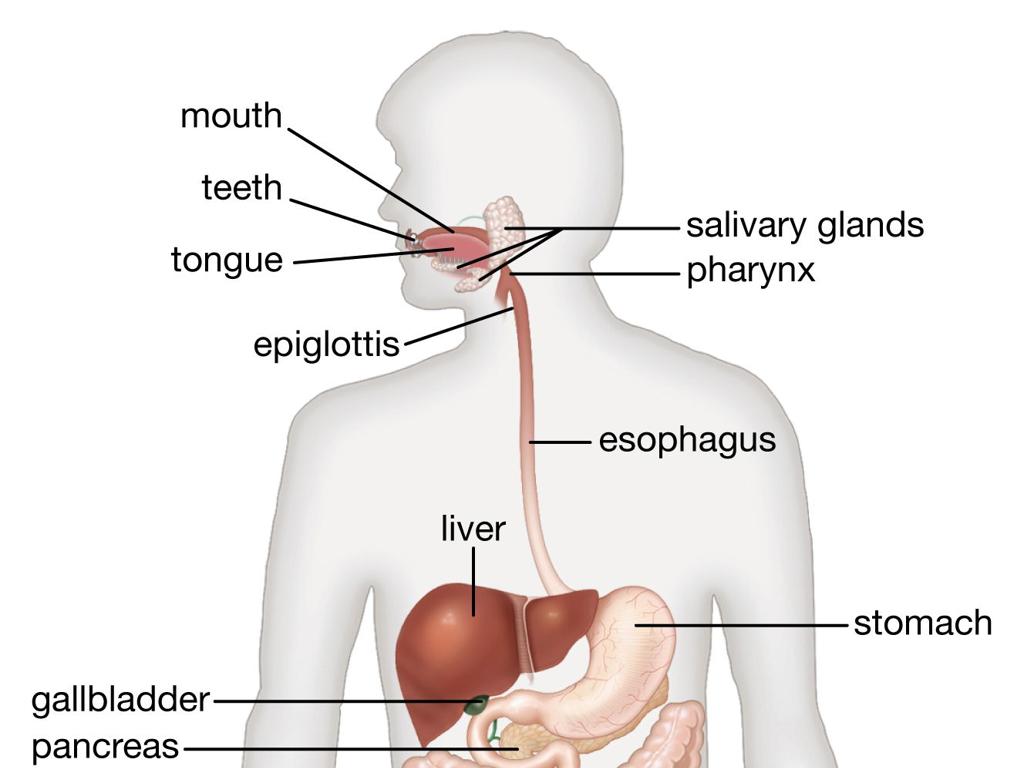Use In-Text Citations (Mla 8Th 9Th Editions)
Subject: Language arts
Grade: Seventh grade
Topic: Research Skills
Please LOG IN to download the presentation. Access is available to registered users only.
View More Content
Mastering Research Skills: In-Text Citations
– Importance of research in academics
– In-text citations explained
– Short references within text to acknowledge sources
– Purpose of MLA format
– MLA ensures clarity and prevents plagiarism
– Integrating MLA citations in writing
– Use author’s last name and page number in parentheses
|
This slide introduces students to the foundational concepts of research skills, emphasizing the role of in-text citations in academic writing. Research is crucial for developing informed arguments and expanding knowledge. In-text citations are brief references within the text that give credit to the original sources. The MLA format, which stands for Modern Language Association, is a standardized way of formatting writings and citing sources. It’s widely used in humanities to ensure that writers clearly acknowledge the contributions of others and avoid plagiarism. Teach students how to properly integrate MLA in-text citations by including the author’s last name and the page number from where the information was taken, all within parentheses. Provide examples and practice exercises to help students become comfortable with this format.
Understanding MLA Format
– What is MLA Style?
– A set of guidelines by the Modern Language Association for writing and documentation
– Standardizing academic writing
– Ensures consistency in the presentation of written material
– MLA 8th vs 9th editions
– Learn the updates and differences between the two editions
– Importance of citing sources
– Acknowledges authors’ works and avoids plagiarism
|
This slide introduces students to the MLA format, which is a standardized system developed by the Modern Language Association for writing and citing sources in academic work. Emphasize the importance of using a consistent format to maintain clarity and credibility in their writing. Highlight the key updates in the 9th edition compared to the 8th edition, and discuss why it’s crucial to give proper credit to original authors to avoid plagiarism. Encourage students to familiarize themselves with the MLA Handbook and use it as a reference for their research papers and assignments.
The Importance of Citing Sources
– Credit original authors
– Acknowledge others’ work and contributions
– Prevent plagiarism
– Plagiarism is using others’ ideas without giving credit
– Enable source tracking
– Citations guide readers to the original source material
– Uphold academic integrity
– Following citation rules is essential in scholarly work
|
This slide aims to educate students on the critical reasons for citing sources when conducting research. Citing sources is a fundamental practice in academic writing that serves to respect intellectual property, avoid the serious offense of plagiarism, and provide a pathway for readers to verify and further explore the information presented. It’s important to emphasize that proper citation is not just a formality but a cornerstone of academic honesty and rigor. Students should understand that by citing their sources, they are participating in a community of scholars who value transparency and accountability in their work. During the presentation, provide examples of both correct and incorrect citations and discuss the consequences of plagiarism to reinforce the importance of this skill.
Mastering In-text Citations: MLA Style
– Understanding in-text citations
– Citations give credit to sources used within your text.
– Linking citations to Works Cited
– Each citation corresponds to an entry on the Works Cited page.
– Citing with author’s last name
– If available, always use the author’s last name: (Smith 23).
– Including page numbers
– Page numbers show exactly where the information was found: (Smith 23).
|
In-text citations are crucial for crediting the sources of your information and avoiding plagiarism. They should clearly match the full citation found in the Works Cited page at the end of your paper. Typically, you’ll include the author’s last name and the page number where the information is located. If there’s no author, use the title of the work. This slide will help students understand the basics of in-text citations according to MLA 8th and 9th editions. Provide examples of both direct quotes and paraphrasing, and explain how to format the citation when the source has multiple authors or no author.
Mastering In-text Citations: MLA Style
– Citing direct quotes
– Include the author’s last name and page number: (Smith 22)
– Citing paraphrased information
– Even when paraphrasing, credit the source: (Johnson 15)
– What to do if there’s no author
– Use the title in quotation marks if no author: (‘Title’ page number)
– Practice proper citation
|
This slide aims to teach students the basics of using in-text citations according to MLA 8th and 9th editions. Emphasize the importance of giving credit to original authors to avoid plagiarism. Show how to include the author’s last name and page number for direct quotes and paraphrased information. If there’s no author, instruct students to use the title of the work instead. Encourage students to practice by finding examples in their reading materials and creating citations for them. Provide additional examples and common scenarios they might encounter when writing research papers.
Formatting Quotes with MLA Citations
– Short quotes: Use quotation marks
– For quotes fewer than 4 lines, enclose in double quotation marks.
– Long quotes: Format as block text
– Quotes longer than 4 lines should be indented as a separate block.
– Include author and page number
– Always attribute the source: (Last Name page number).
– Practice citing with examples
– Let’s apply these rules to real text excerpts.
|
This slide aims to teach students the correct way to format quotes in their writing according to MLA guidelines. Short quotes, which are less than four lines, should be enclosed in double quotation marks and integrated into the text. Long quotes, more than four lines, should be formatted as a block of text, indented one inch from the left margin, without quotation marks. In both cases, it’s crucial to include an in-text citation with the author’s last name and the page number where the quote can be found. Encourage students to practice by finding quotes in a text and citing them correctly. Provide examples and have students work on exercises where they format both short and long quotes to reinforce the lesson.
Mastering In-text Citations
– Practice citing a direct quote
– Use quotation marks and include the author’s last name and page number.
– Learn to paraphrase and cite
– Restate the quote in your own words and still credit the original author.
– Activity: Cite a book quote
– Find a quote from any book and apply MLA citation format.
|
This slide is aimed at teaching students the importance of giving proper credit when using someone else’s words or ideas. Start by explaining what in-text citations are and why they are necessary. Show an example of a direct quote citation, including the author’s last name and page number in parentheses. Then, demonstrate how to paraphrase by rewriting the quote in their own words and still including a citation. For the activity, students should find a quote from a book they are reading or have read, and practice citing it using MLA format. Provide guidance on the correct punctuation and placement of citation components. Encourage students to share their examples and discuss any challenges they encounter.
Class Activity: Crafting MLA Citations
– Select a paragraph from an article
– Highlight necessary citation details
– Look for the author’s name, title of the work, and page number if available
– Formulate an MLA in-text citation
– Follow the format: (Author’s Last Name Page Number)
– Understand citation importance
|
This activity is designed to help students practice creating in-text citations according to the MLA 8th 9th editions guidelines. Provide students with a selection of articles and instruct them to choose one paragraph from which they will create an in-text citation. They should identify the author, any direct quotes, and page numbers for their citation. Remind them that in-text citations are used to give credit to the sources of their information and to avoid plagiarism. Possible variations of the activity could include citing a source with multiple authors, no authors, or electronic sources without page numbers. This will prepare them for a variety of citation scenarios.
Review: In-Text Citations (MLA Format)
– Recap in-text citations & MLA
– Open floor for questions
– Discuss common citation challenges
– Examples: authorless sources, multiple authors
– Strategies to overcome challenges
– Use citation tools, MLA guides, and practice
|
This slide aims to consolidate the students’ understanding of in-text citations according to MLA 8th 9th editions. Begin with a brief recap of the key points about in-text citations and the general MLA format. Encourage students to ask any questions they have, fostering an interactive environment. Address common challenges such as citing sources with no author, multiple authors, or unusual formats, and discuss strategies to overcome these, including the use of reliable citation tools, referencing MLA guides, and consistent practice. Provide examples and encourage peer discussion to enhance understanding.
Wrapping Up: In-Text Citations & Homework
– Recap on using in-text citations
– Homework: Craft a short essay
– Choose any topic you like for the essay
– Include 3 MLA formatted citations
– Remember to cite sources where you found your information
– Next class: Crafting a Works Cited page
– Learn to acknowledge sources and avoid plagiarism
|
Today’s lesson focused on the importance of in-text citations in research writing, specifically using the MLA 8th 9th editions format. For homework, students are tasked with writing a short essay on a topic of their choice, incorporating at least three in-text citations following MLA guidelines. This will help reinforce their understanding of giving proper credit to original authors and avoiding plagiarism. In the next class, we will build on this foundation by learning how to compile all cited sources into a Works Cited page, which is crucial for any research paper. Make sure to provide students with examples of in-text citations and remind them of the upcoming lesson’s objectives.






